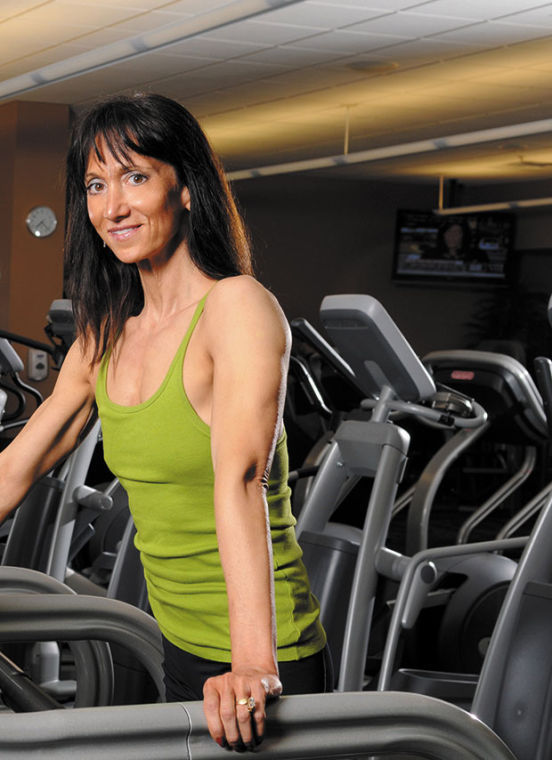Muscular science
Published June 15, 2017
We feed them, train them, rest them…why, then are our muscles not responding and growing?
I am not one to blame everything in this world on genetics, in spite of my science degree. However, in this case, genetics do play a role in muscle hypertrophy. That doesn’t mean the genetically gifted individual can simply sit on the couch watching TV and sprout Popeye arms! The growth experienced actually does originate in cellular biology.
Unlike other cells in the body, muscle cells/fibers contain more than one nucleus. Such cells have evolved this way due to their size and the complexity of the tasks they perform. A greater demand necessitates more nuclei to “manage” our busy lives. Research indicates that the size of a muscle is functionally dependent upon the number of nuclei its fibers possess. Therefore, in the absence of a plethora of nuclei within a muscle cell, the bounds of its growth are somewhat limited.
ADVERTISEMENT
The next question is, how do we acquire more nuclei within these cells? Once again, science comes to our rescue. The nuclei contained in muscle originate from special differentiated cells known as satellite cells. Not entirely unlike a satellite up in space, these unique cells hover and circulate very close to the muscles. Any increase, therefore, in satellite cells can directly and easily impact muscular development, since they can evolve into nuclei.
Even if genetics is not 100% on your side, your current workout will give you growth, albeit not as rapidly as many of us would like. The number of present nuclei may be a function of your exercise history. An individual who has been training regularly for years is likely to have cultivated a few more muscle fiber nuclei than a previously sedentary person. Additionally, you may be the sort of athlete whose body responds better to a 2-days-a-week regimen, or a 4-days-a-week program. Finding the right fit to enable your muscles to develop is a process of trial and error. Rest-day intervals are of particular importance to an older population.
Life is awesome, especially in the gym, but it is not always easy. Keep experimenting with new training protocols, repetition schemes, and different modes of lifting (machines vs cables vs free weights vs body weight only). Wake up those satellites and grow some nuclei!















